Climbing aboard things like Pirates of the Caribbean, the Haunted Mansion or even It’s A Small World with them, rides I had probably ridden over a hundred times over the years myself, I would spend the majority of the ride just watching their faces and expressions as they experienced the wondrous world all around them for the first time.
While both of my own parents passed away when I was a young adult, I remember getting the same kind of thrill when I visited Dollywood with my wife’s mother a few years ago and took her for her first ride on Blazing Fury.
 It’s a Small World at Walt Disney World
It’s a Small World at Walt Disney World
While she wasn’t a big fan of thrill rides, I found that she enjoyed the experience of this family dark ride, including the surprise (to her) small roller coaster drops towards the end. As a well-traveled theme park fan, I do remember that it gave me joy just to be able to share these kinds of “first” experiences with both my children and my mother-in-law for the first time.
With an eye on the industry as a whole, I suspect that we are entering a time when there is an increased demand for theme parks to add more dynamic, high-tech, but medium-thrill attractions with lower height restrictions, allowing entire multi-generational families to ride together.
Rides that parents can experience with their children, as well as bring along the grandparents, too.
Changing demographics
About a decade ago, we heard an interesting fact from the Oriental Land Company in Japan, which owns and operates the Tokyo Disney Resort. The big news at the time was that, as a whole, Japan’s government had reported that, for the first time, the latest census results had determined that the nation's population had actually decreased.
This was on top of another distressing trend that had been taking place, showing that the average age of Japan’s population was also aging significantly higher than ever before.
The result was that, with a growing population of seniors and a declining birth rate, the Tokyo Disney Resort would need to make changes to its future development plans to market to this demographic.
This meant an increase in more “experiences” and family-style attractions that older guests could enjoy with their children and grandchildren, a future focus on developing more resort-style experiences, finer dining experiences, and even creating special passes and promotions to visit the parks for guests aged 45 and up for a time.

While Japan may have been one of the first nations to encounter this problem, it appears that this trend has also been increasing and spreading to other top nations worldwide.
China, where the once-rising population was such a problem that the nation’s citizens were restricted to only one child per couple for many years, has also reported that its own population numbers fell for the first time in 2022.
Current projections show that this trend is likely to continue in China as well for many years to come, with the biggest decline expected to happen in 2054 before things start to level out.
Population decline is also occurring across all major European nations, where the death rate is exceeding the birth rate, which is expected to result in significant declines in overall population by the year 2100.
And while the results have not been determined by a census, even the United States is at risk of seeing the nation's first-ever population decline reported in 2025 due to a combination of low birth rates, a growing senior demographic (remember the baby boomers?), mixed with ever-tightening restrictions on immigration.
Not just about bigger, faster, longer coasters
As this will be a long-term issue to contend with for virtually every industry, it is of key importance for the themed entertainment industry to begin adapting and evolving to better cater to these changing demographics now.
Unfortunately, for those seeking only high-end thrills, this may mean a general slowing of the once-endless roller coaster wars.
Mix in the mergers of former theme park competitors into new mega-chains, such as the merger of Six Flags with Cedar Fair, or Herschend Family Entertainment with Palace Entertainment, and you are also seeing a more general leveling of the playing field.

The once highly competitive giant parks building new roller coasters and thrill rides are now increasingly answering to the same bosses, after being folded together into new corporate structures.
This new corporate atmosphere will hopefully also facilitate the formation of more creative environments, enabling each location to develop a growth strategy that best suits its evolving demographics.
This also applies to water parks, as they have traditionally catered to a much younger demographic than the average theme park. There is potentially a significant need right now to rethink and change how future water park expansions are developed to better take advantage of the ageing demographics.
New family-friendly attractions
For example, I think the newly merged Six Flags may already be taking its first steps here, as Carowinds’ Carolina Harbor waterpark opened this season with an unusual new addition.
While the theme park itself was focused on adding two new attractions for the kiddies in the park’s Camp Snoopy area, the waterpark opened the Carolina Harbor Shore Club, an adults-only expansion of the waterpark that features its own 3,577 sqft adult pool with the region's first swim-up bar named Paul Metto’s Boathouse Bar.
The adults-only area also features a large number of chaise lounge chairs for relaxation, as well as poolside games and the option to splurge on a luxury cabana with a TV and concierge service, perfect for unwinding and watching sports.
 Universal Helios Grand Hotel
Universal Helios Grand Hotel
While taking a preview visit of Universal Epic Universe this past April, our tour group also stopped in to visit the resort’s newest posh resort, the Universal Helios Grand Hotel.
Every aspect of the hotel itself seemed very dedicated to a design intended more for adult guests, including the utterly fabulous top-floor Bar Helios lounge. However, it was the Lotus Lagoon pool area that really caught my interest, as it represented a true design departure from what we have seen built before in the relationship between Universal and the Loews Hotel group.
This wasn’t your typical theme park hotel pool area, but rather it featured tiered lounge spaces overlooking an extensive, stretched-out pool area that wound past a poolside bar and restaurant and offered many private cabanas along the way.
The design DNA of the Lotus Lounge had far more in common with the kind of luxury pool areas you would find at a top-tier Las Vegas-style lounge, setting it greatly apart from anything else I’ve seen in Orlando.
So where do dark rides come in?
One thing that really sets a theme park apart from the competition is when it can create a really standout fantastic dark ride concept.
It doesn’t matter if it is IP-based or a custom creation themed to the park’s own themes; it doesn’t matter if it is a slow dark ride or a water flume-based adventure.
Interactive vs passive, and even a well-done flying theater can do the trick, but the key is to make it an awesome, adventurous experience as unique as possible, and not necessarily something that would be copied exactly 12 times and dropped into various parks in your mega-chain.
The key, if not using an established commercial IP, would be to theme the experience in a way that ties into each park’s individual lore and legends, creating nostalgia for your older guests who “remember the way things were before.”
 King's Island to open new Phantom Theater in 2026
King's Island to open new Phantom Theater in 2026
Kings Island (now part of Six Flags) has been taking notes and has already announced that it is creating a new dark ride experience that will bring back the locally created characters and universe of the park’s former beloved Phantom Theater dark ride, with the all-new Phantom Theater: Opening Nightmare attraction in 2026.
The loss of the original Phantom Theater hit the local guests hard when Paramount Parks owned Kings Island and chose to retheme the original attraction as a Scooby Doo themed dark ride instead.
Later on, once Cedar Fair bought the chain from Paramount, Scooby Doo was given the boot, but left the rest of the haunted-themed and attraction scenery in place, renamed simply as Boo Blasters on Boo Hill.
Dollywood is also taking a gigantic step forward in 2026 with the creation of NightFlight Expedition, a $50 million new attraction experience that will be the North American debut of Mack Rides' new Rocking Boat, a fully controlled wet/dry vehicle technology that premiered at France’s Futuroscope park as the amazing new Mission Bermudes attraction.
 Dollywood to open new $50m NightFlight Expedition ride in 2026
Dollywood to open new $50m NightFlight Expedition ride in 2026
In both cases, the unique new attraction system will have been fully customized in both look and design to take full advantage of the different stories each park is telling with its attraction.
In the case of Dollywood, NightFlight Expedition also promises to do something unique we haven’t seen done before, as well as being fully enclosed inside a massive structure to create a whole immersive world themed as a magical Smoky Mountain experience.
More family experiences
The United Parks & Resorts chain appears to have been taking on the task of adding more adventurous attractions by introducing concepts beyond dark rides.
Thus far, we have seen one Busch Gardens park and two of the three SeaWorld parks add some nice family-sized launched straddle coasters to their parks from Intamin.
This would include the Wave Breaker: The Rescue Coaster at SeaWorld in Texas, Arctic Rescue at SeaWorld in California, and the DarKoaster at Busch Gardens Williamsburg, where the ride system was placed inside the former themed attraction building that once housed the park’s DarKastle dark ride.
 Busch Gardens Williamsburg's DarKoaster
Busch Gardens Williamsburg's DarKoaster
The chain has also been busy adding a new category of roller coaster from B&M to several of its parks. This would be the new B&M Family Inverted Coaster, offering a smaller-scale, non-inverting roller coaster experience that isn’t too “hardcore” for anyone tall enough to ride.
So far, it has added Phoenix Rising at Busch Gardens Tampa, Big Bad Wolf: The Wolf’s Revenge at Busch Gardens Williamsburg (with a theme that ties back to the park’s lost Big Bad Wolf suspended coaster), and in 2026, the SeaWorld San Antonio park in Texas will open Baracuda Strike.
On a similar note, SeaWorld Orlando also opened the first B&M sit-down family launched coaster in 2024, as Penguin Trek. This starts with a brief dark ride experience before launching out into a family-friendly twisted layout. In 2025, SeaWorld Orlando also opened Expedition Odyssey, a new flying theater attraction.
Other parks have also been starting to tap into the idea of creating more family-friendly themed experiences.
This summer, Kentucky Kingdom opened a whole new themed land within the park called Discovery Meadows that features a number of new family-friendly rides, as well as retheming some old park favorites.
 Fire in the Hole at Silver Dollar City
Fire in the Hole at Silver Dollar City
Silver Dollar City built an entirely new modern version of the classic Fire in the Hole dark ride/coaster experience in 2024, when the original version had reached the end of its lifespan.
Knott’s Berry Farm has been working for the past several years to remodel and revive its classic Montezooma’s Revenge shuttle coaster (Schwarzkopf). After some initial issues, the project is back on track and will hopefully reopen to guests in 2026.
While the original coaster first premiered back in 1978 as a cutting-edge thrill ride, it is now considered a more tame ride experience and a great “first step” attraction for young guests to take as their first experience on a looping roller coaster.
More to come from Disney
Meanwhile, Disney is hard at work at Walt Disney World Resort in Florida on a number of new family-friendly concepts.
This includes the restoration of the park's Big Thunder Mountain for 2026, followed by a new Cars-themed land with two attractions. Clearing is also underway for a brand-new Villains-themed land at the Magic Kingdom park after that.
 Concept art for Magic Kingdom's villains land
Concept art for Magic Kingdom's villains land
Over in Epcot, which has always been more of an “adult” designed theme park experience, the park has just opened a newly revised version of the Test Track attraction, to be followed by a revised and enhanced version of the Ratatouille dark ride that is dropping the 3D projections in favor of brighter and more clear 2D projections and updated scenery and props.
Disney’s Hollywood Studios park just opened a new Little Mermaid musical show and a new Disney Villains musical show.
It will open an updated version of the Millennium Falcon: Smuggler’s Run attraction in 2026 that will feature the popular Mandalorian and Grogu characters, followed by a re-launch of the park’s Rock ‘n Roller Coaster attraction that will now feature The Muppets.
Construction is already well underway for a new family-themed inverted roller coaster attraction themed to the Monsters, Inc. universe.
Work is already underway in Disney’s Animal Kingdom on a number of new attractions as well. This includes the new Zootopia: Better Zoogether 4D theater attraction that will open within the next few weeks.
 Concept art forZootopia: Better Zoogether at Disney's Animal Kingdom
Concept art forZootopia: Better Zoogether at Disney's Animal Kingdom
Then the park’s former Dinoland USA area is being removed in order to create “Tropical Americas” themed land, which will feature new family adventure rides themed to the animated film Encanto, as well as bringing the dark ride thrills of Indiana Jones to the park as a renovation of the park’s existing Dinosaur dark ride.
I haven’t even mentioned the new Epic Universe theme park, which opened back in May, featuring a whole laundry list of new family-friendly attractions. Universal is now hard at work on new additions for the two older Universal Orlando theme parks, as well as a future expansion project for Epic Universe itself.
Now, more than ever, the theme park world is changing and expanding rapidly in some new and innovative directions.
While there will always be room to add a good old-fashioned roller coaster to the mix for the thrill seekers, I think we are seeing just the start of a new period of creativity that will hopefully spawn from the latest innovations being created by ride and attraction developers.
On that note, I think there may be some interesting new surprises in store for those who attend IAAPA Expo 2025 in Orlando in November, so keep your eyes open for the next big thing!


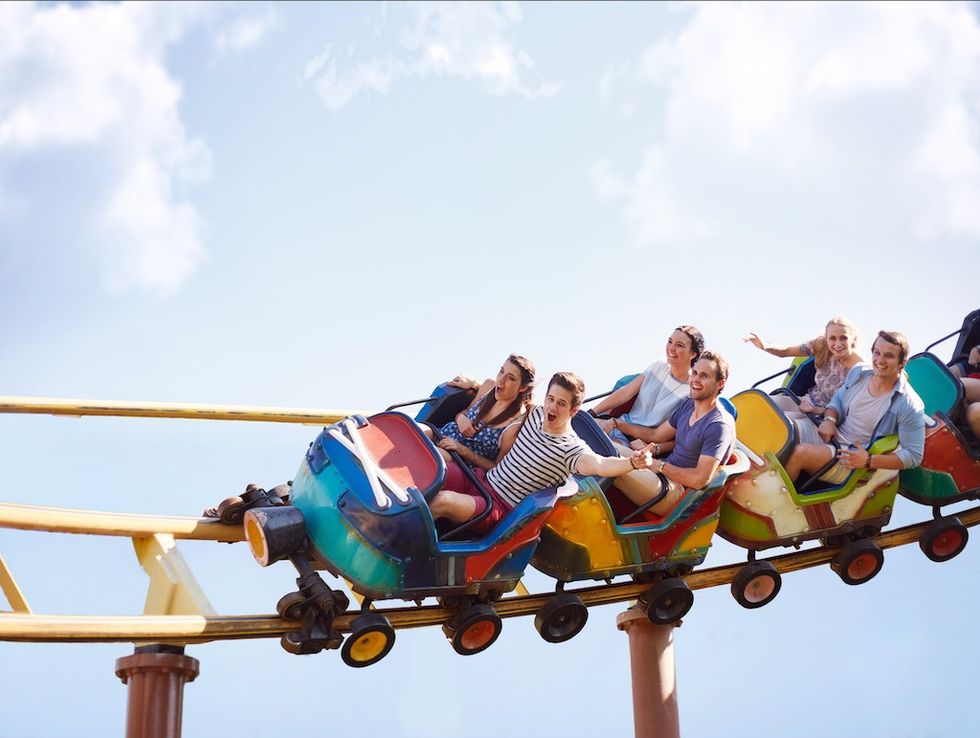
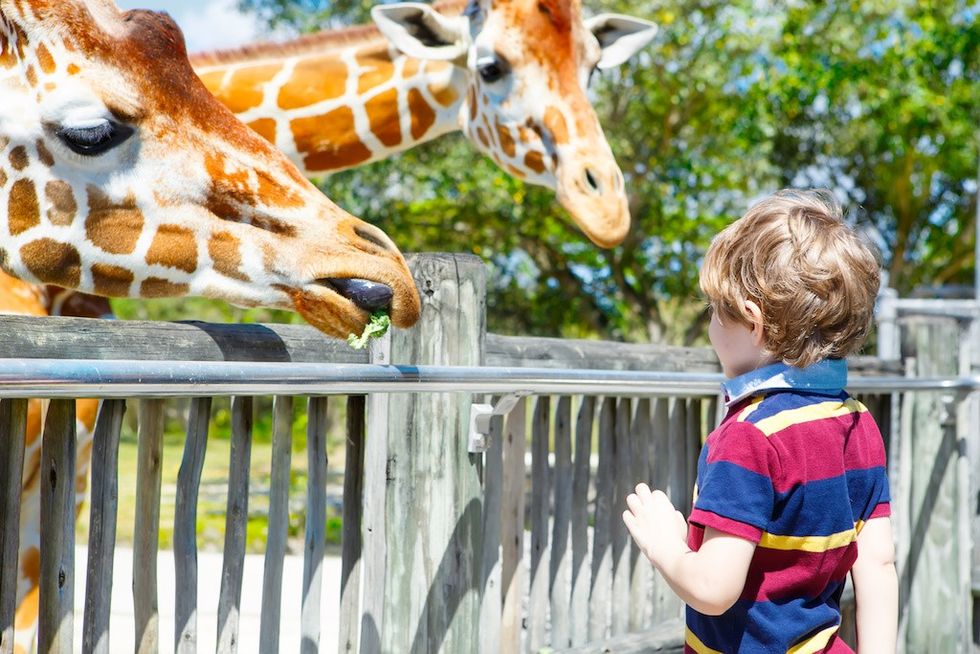

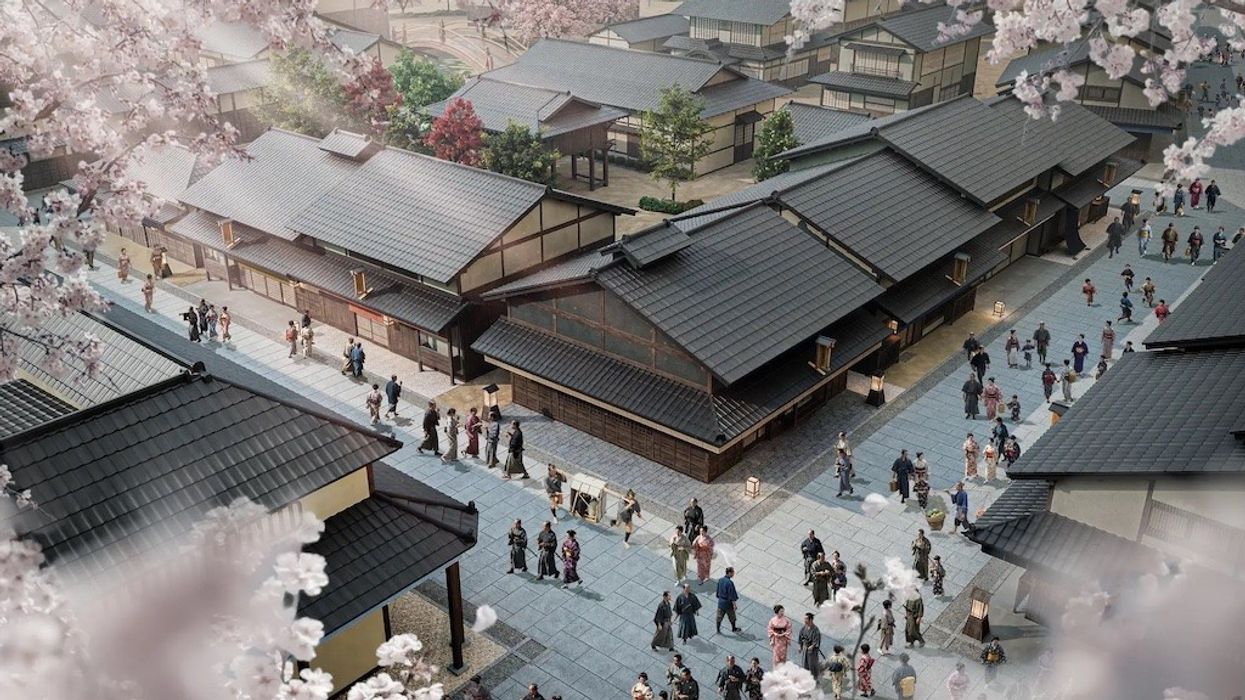
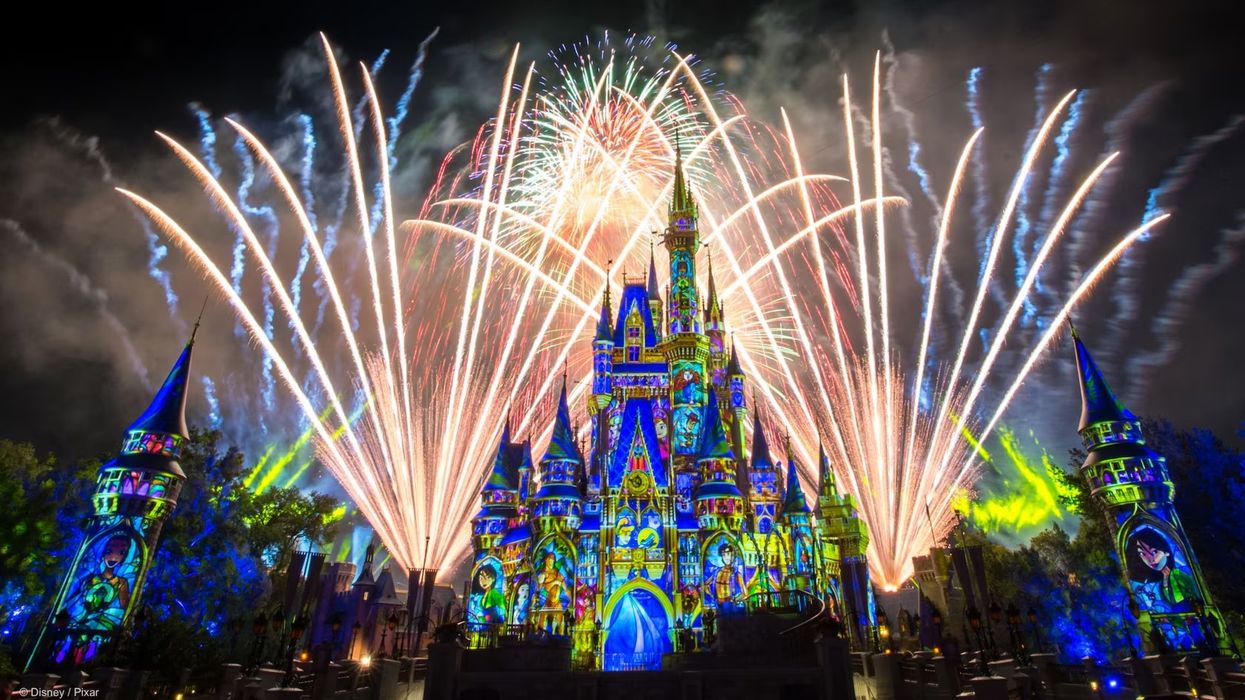
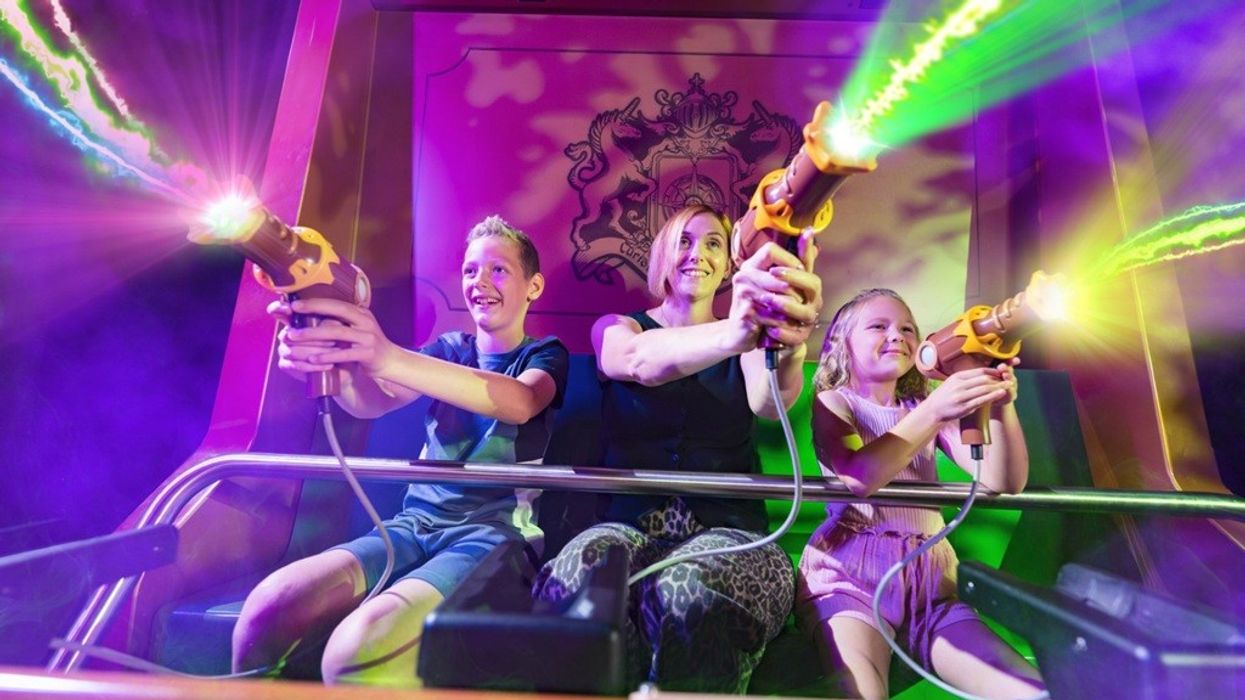
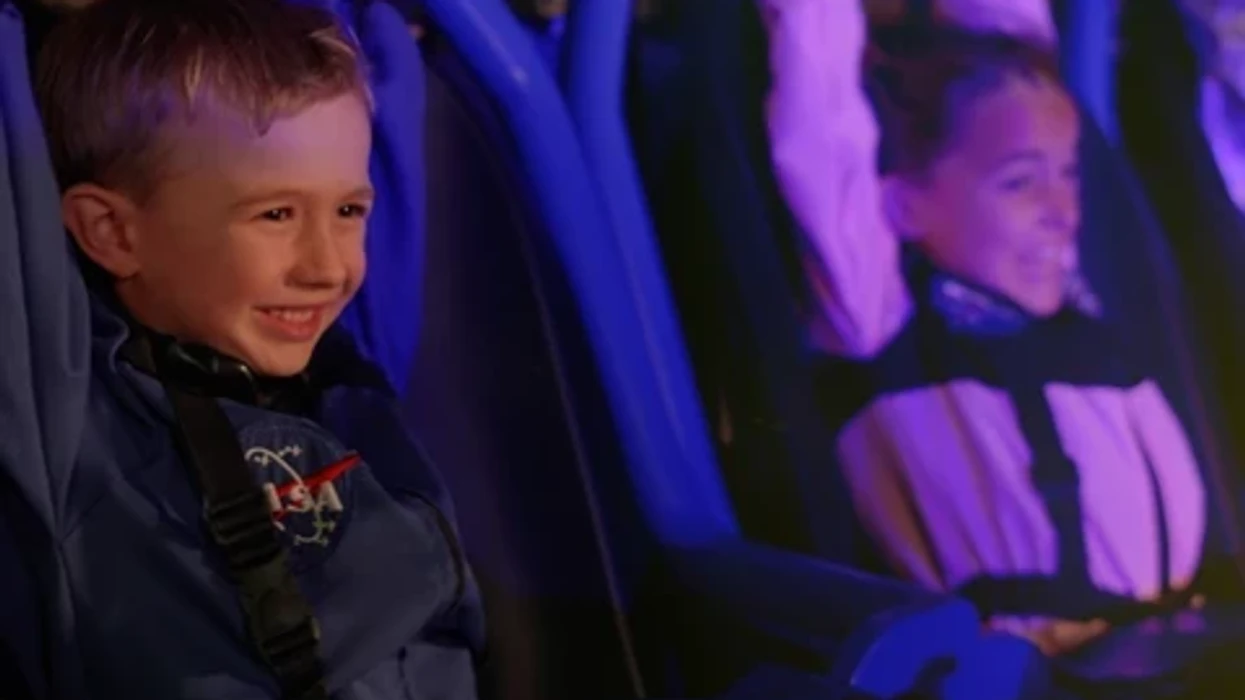
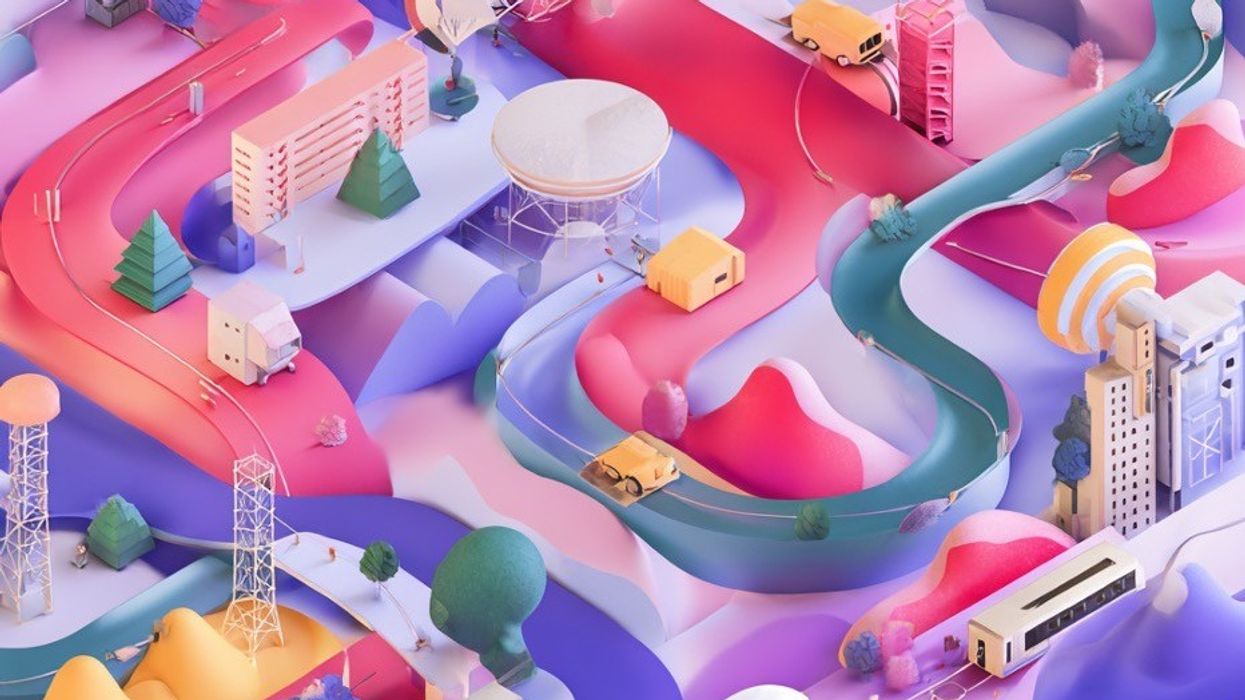




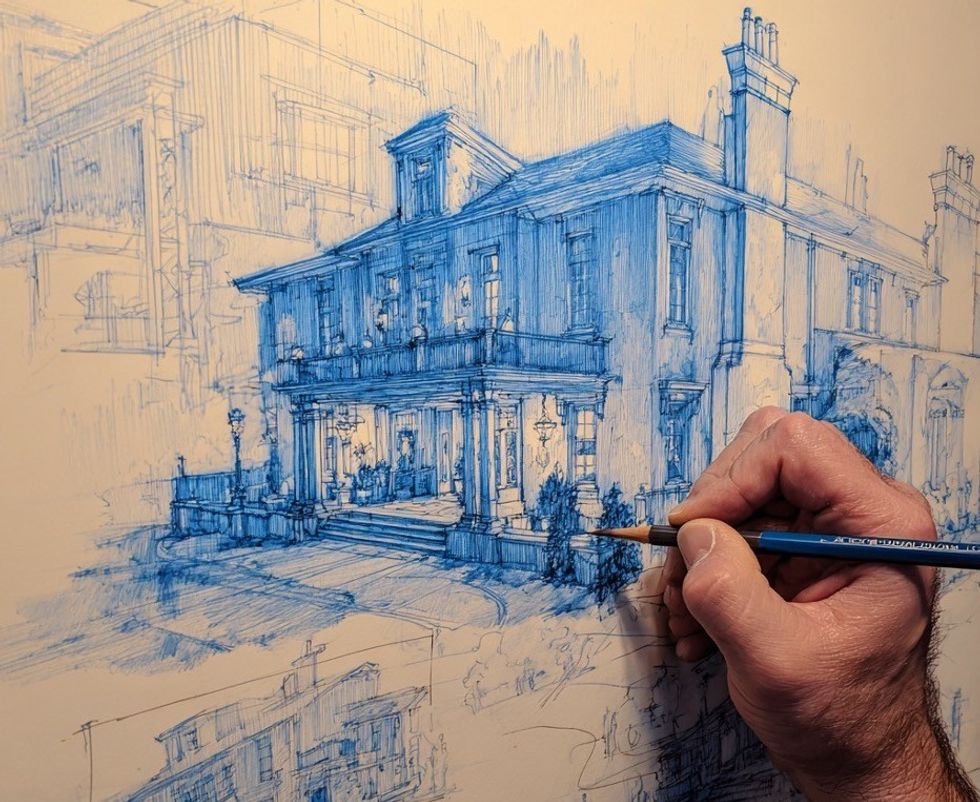
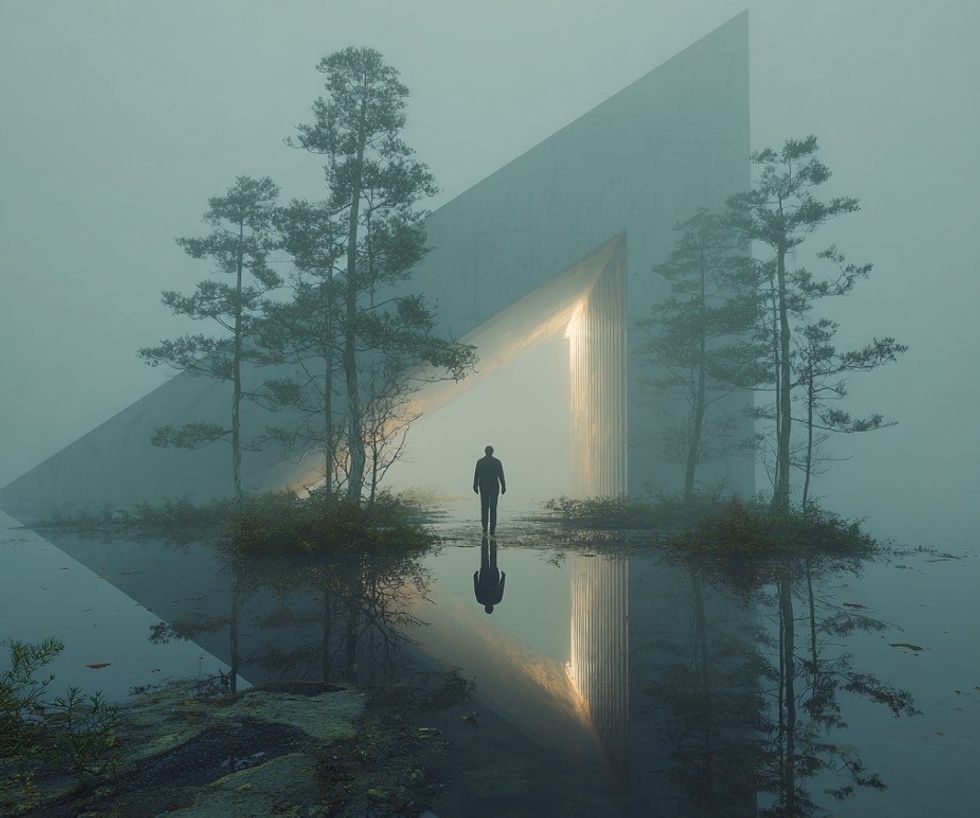
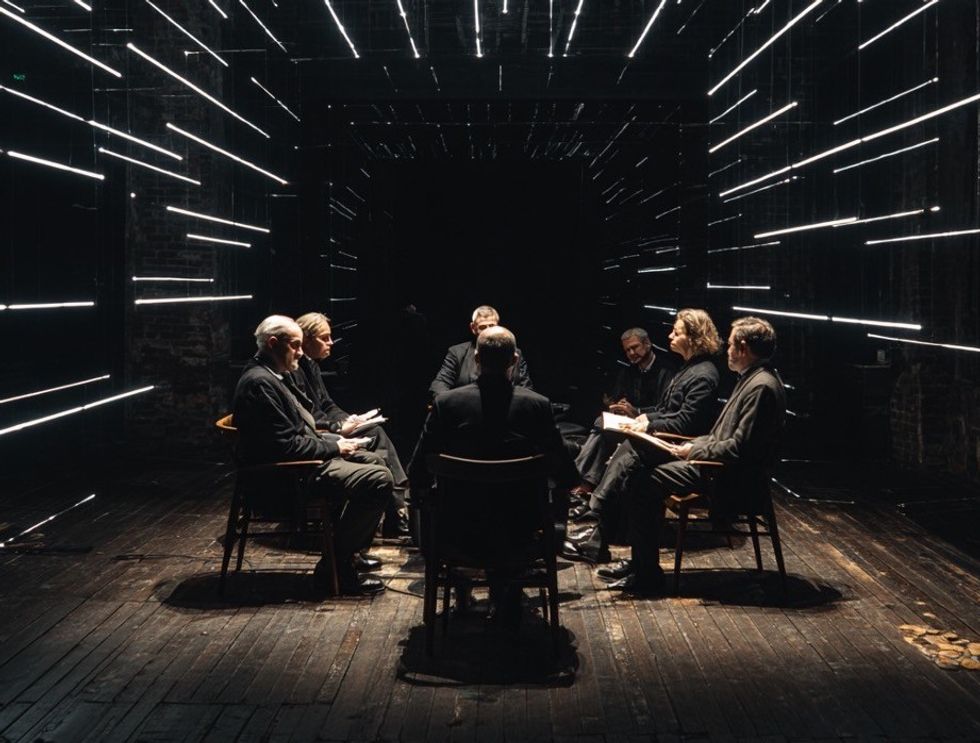
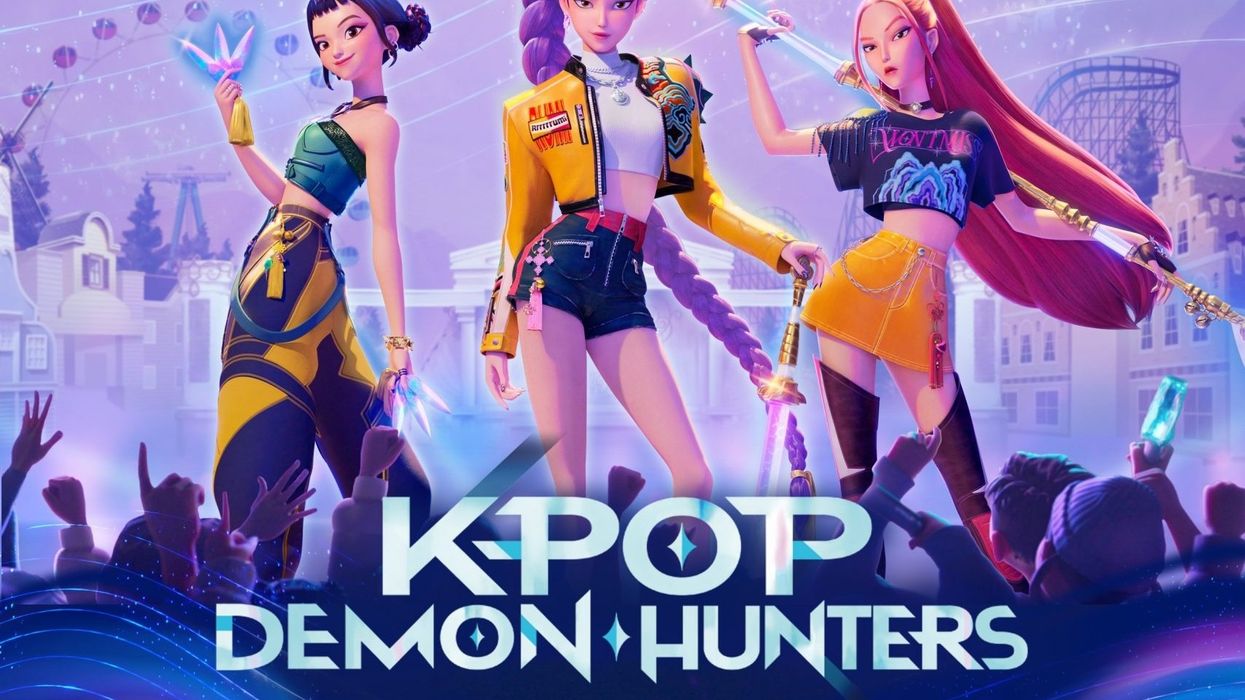


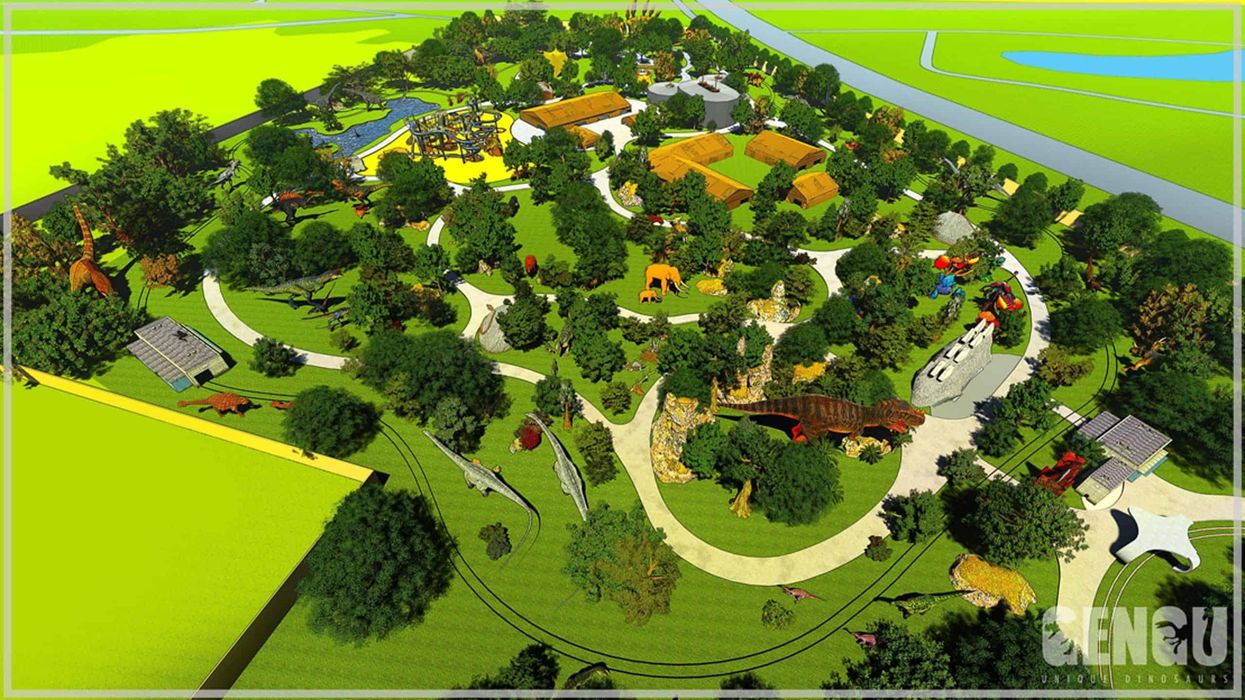
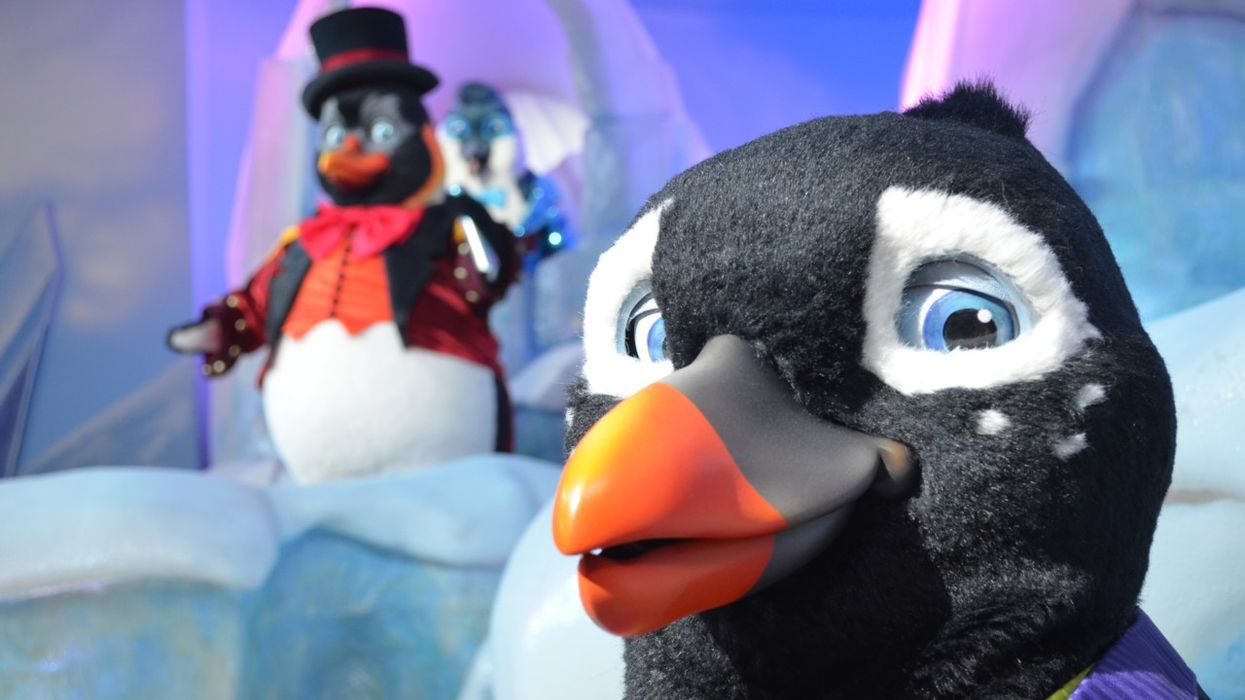

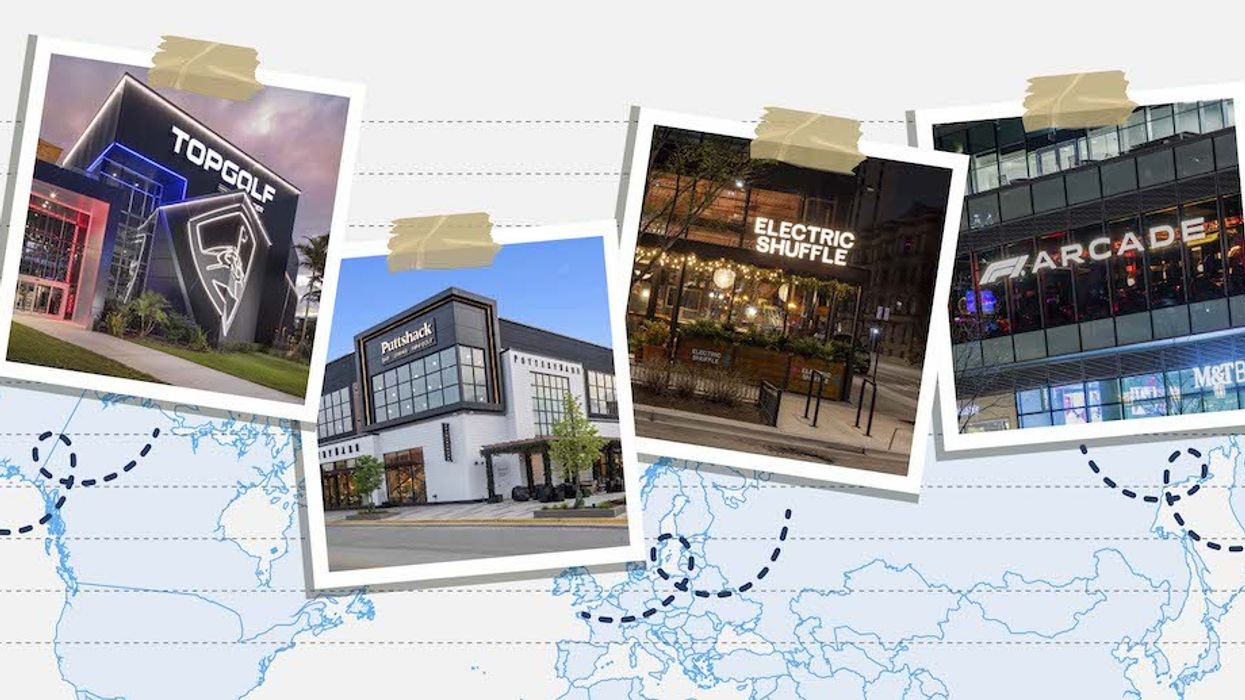

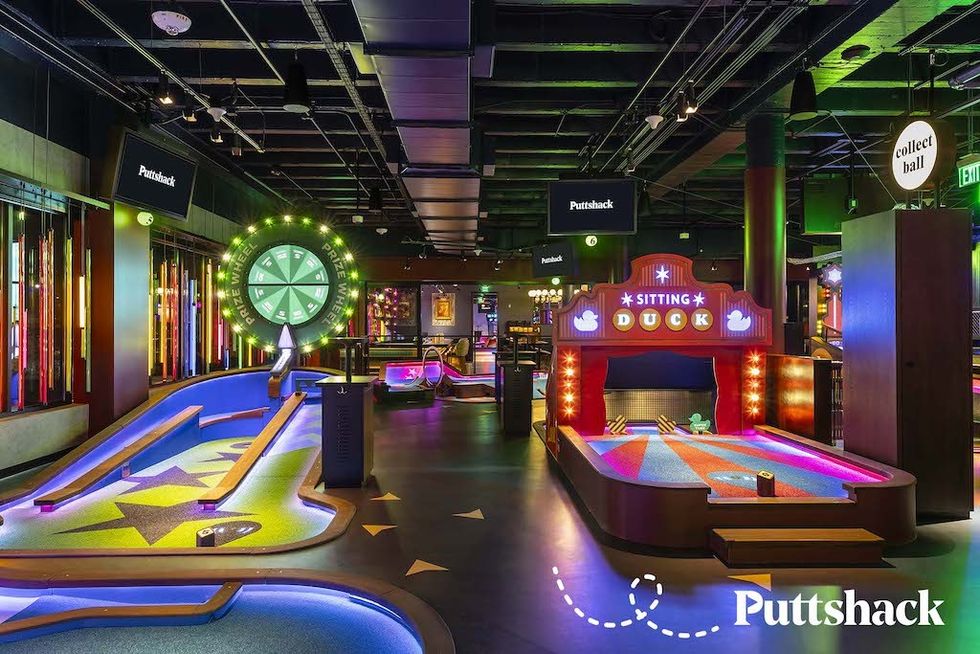
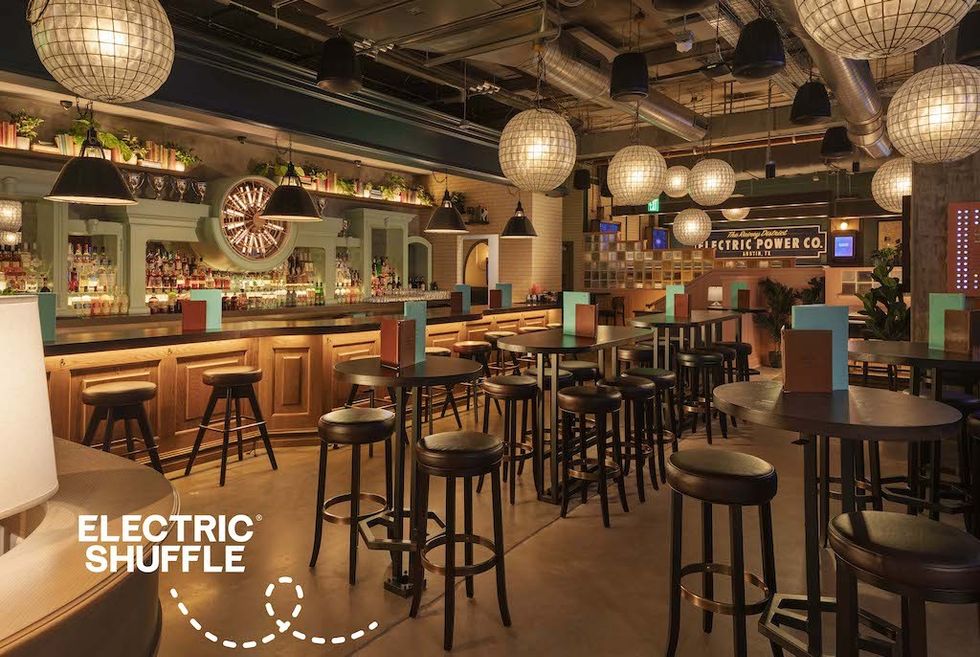
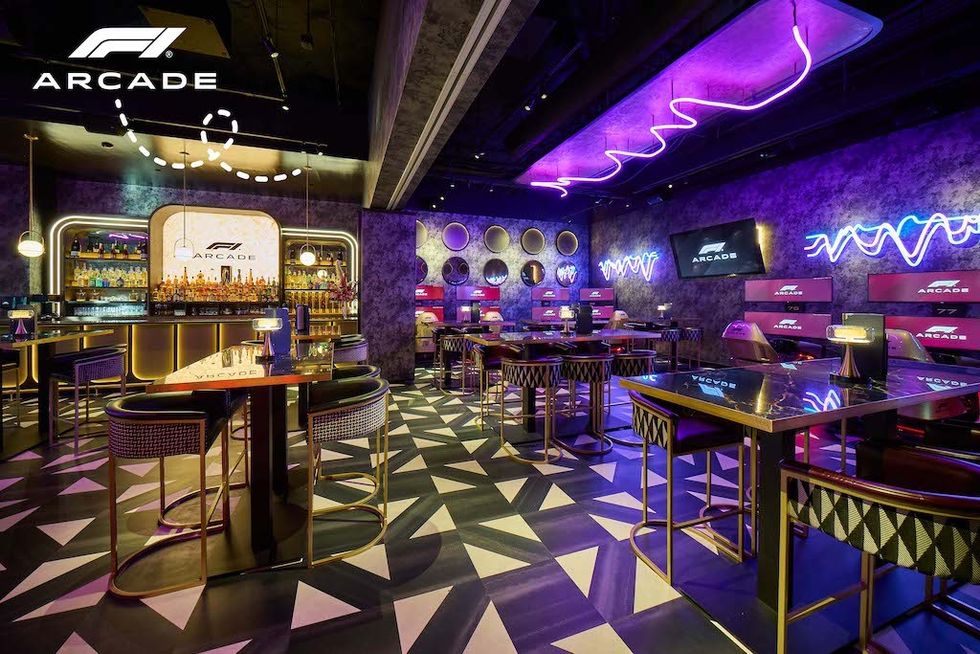

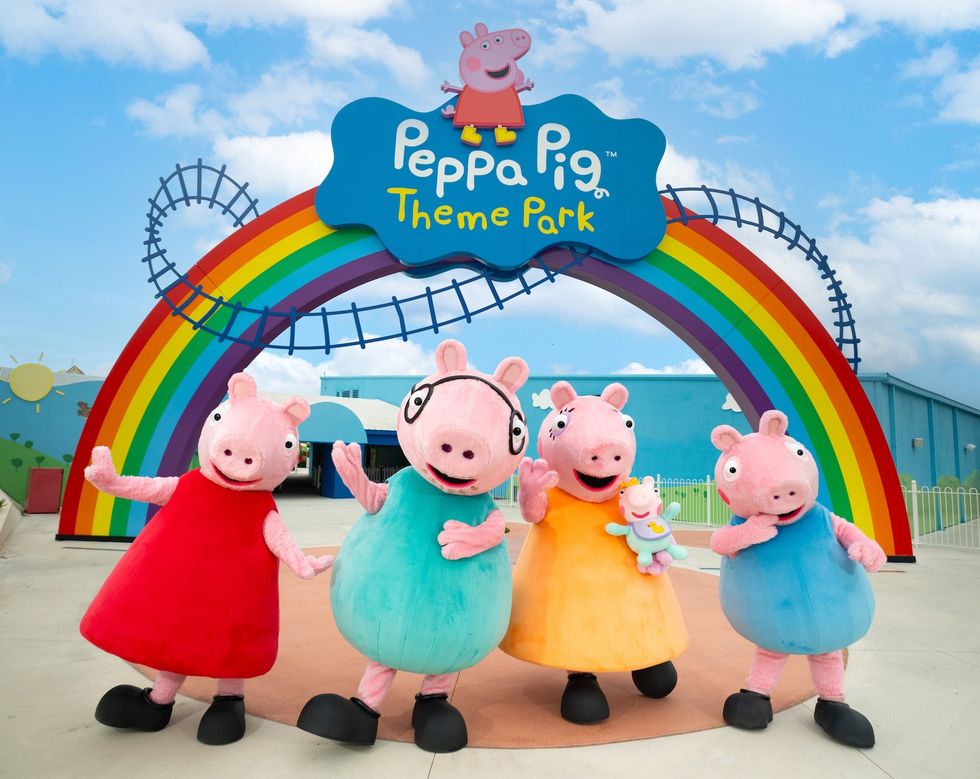
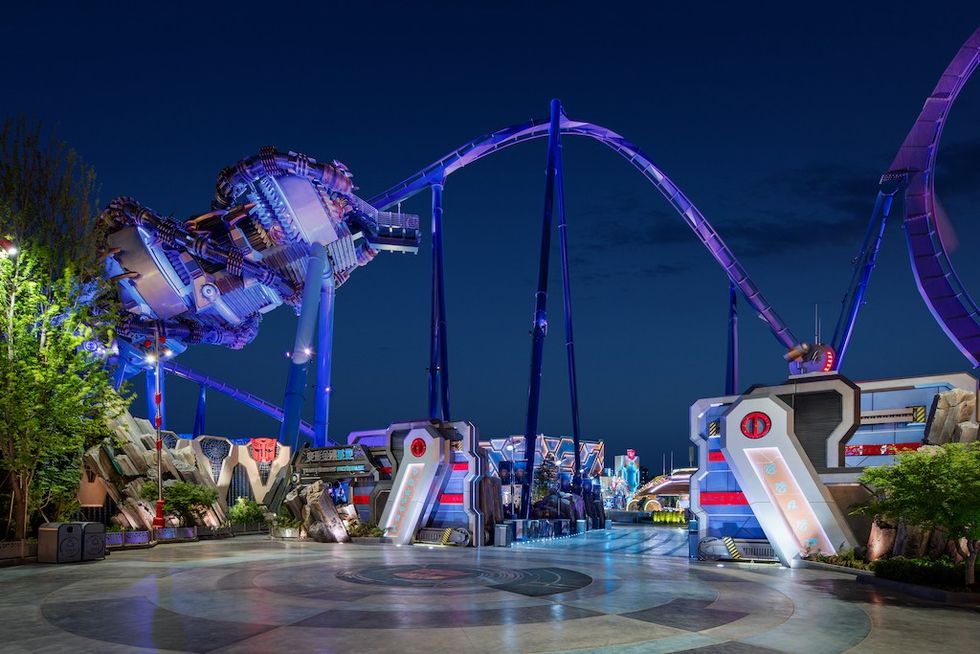
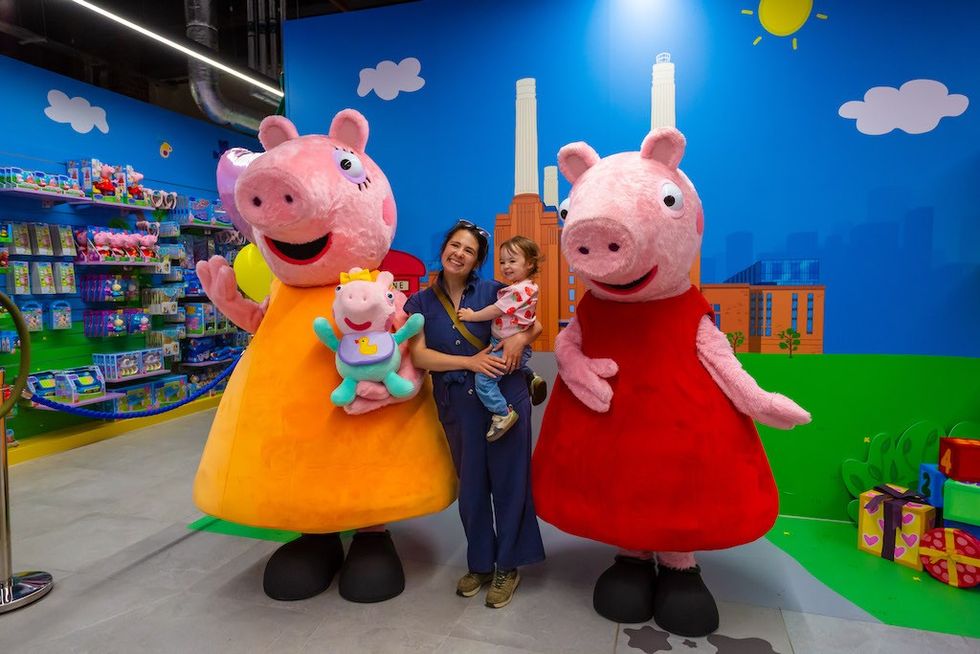
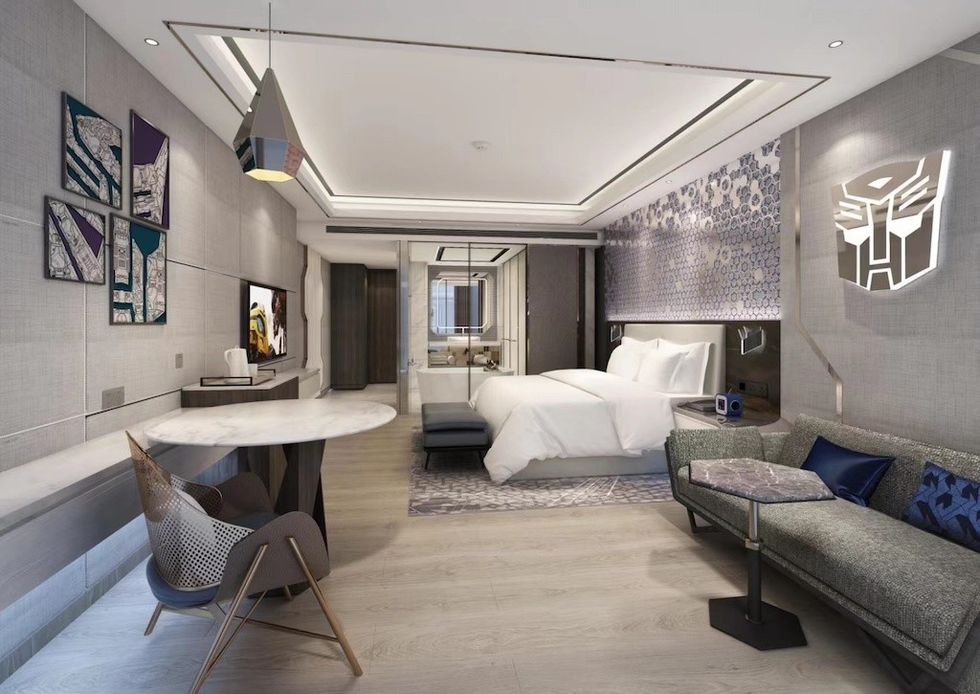
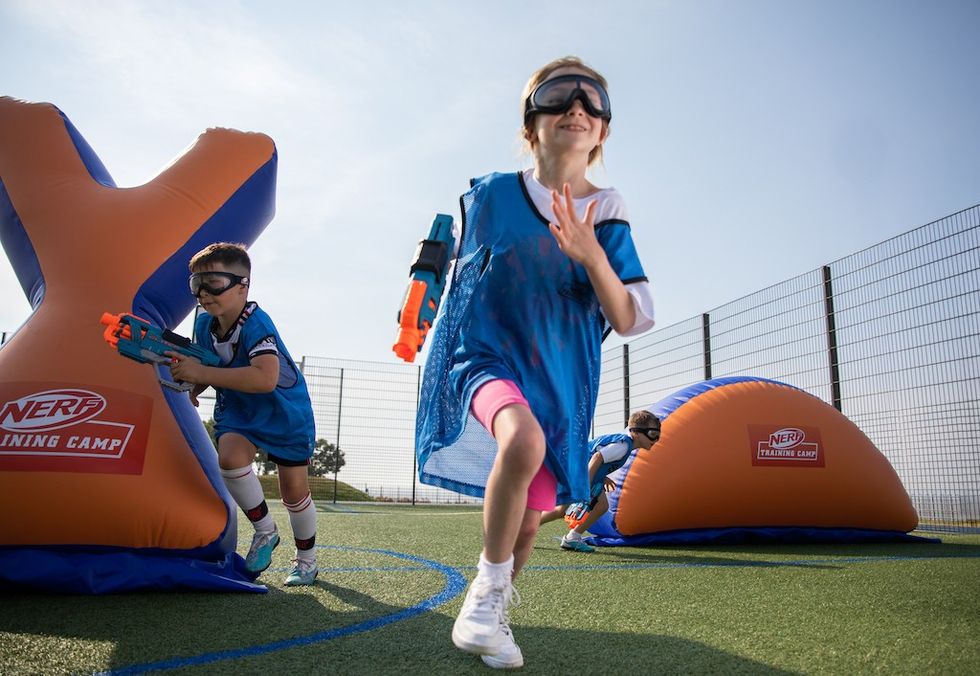
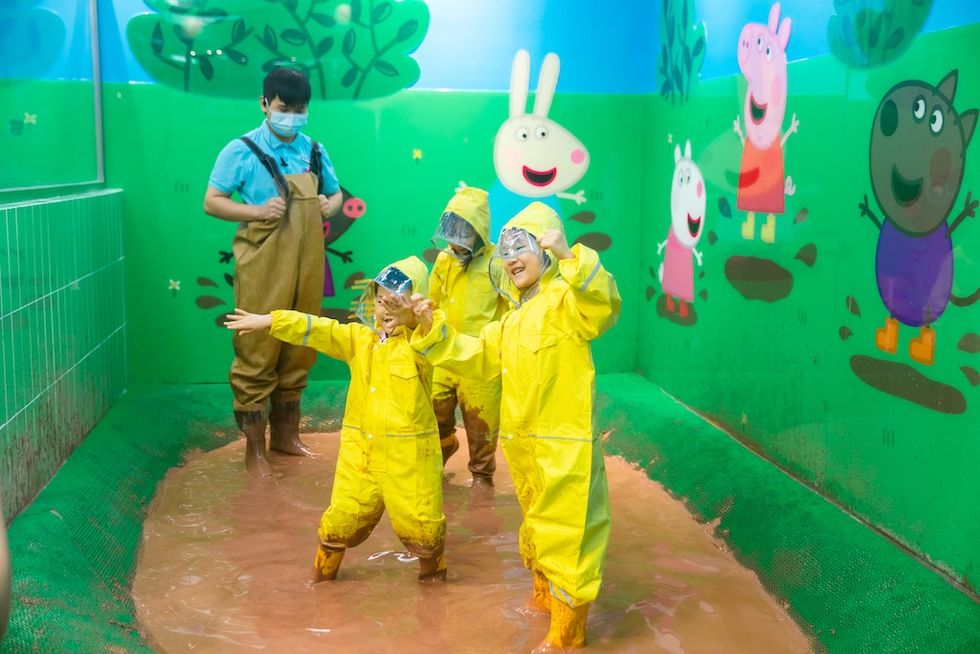

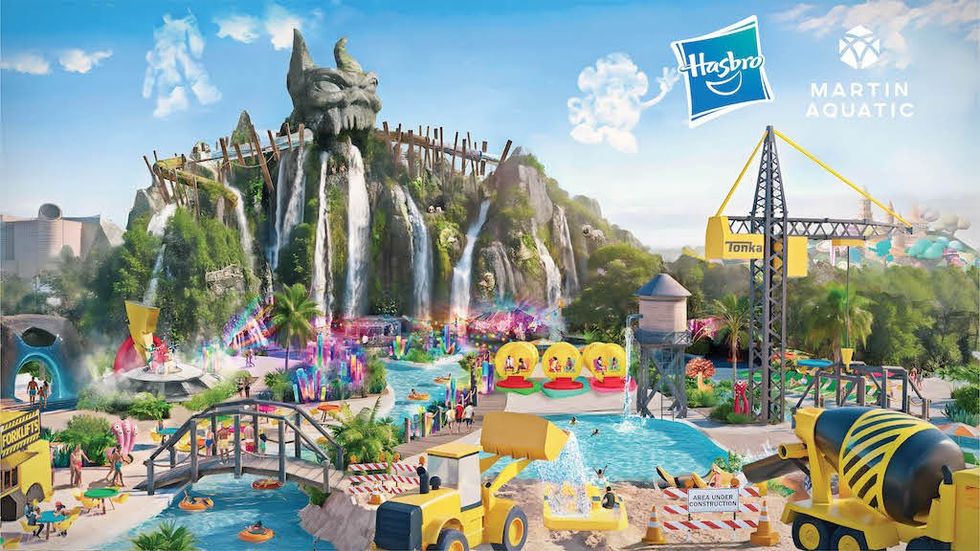
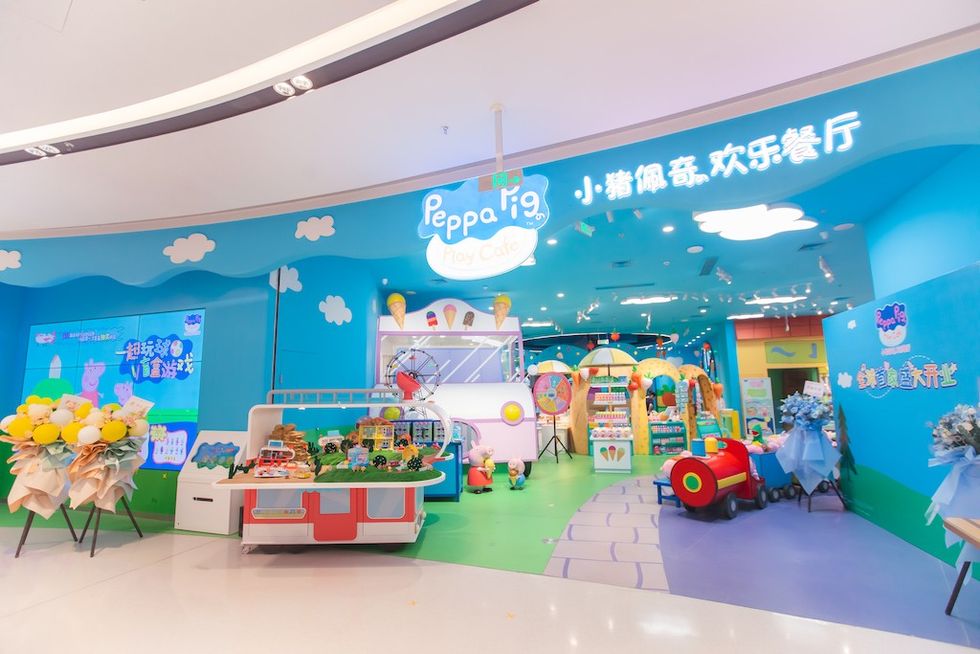
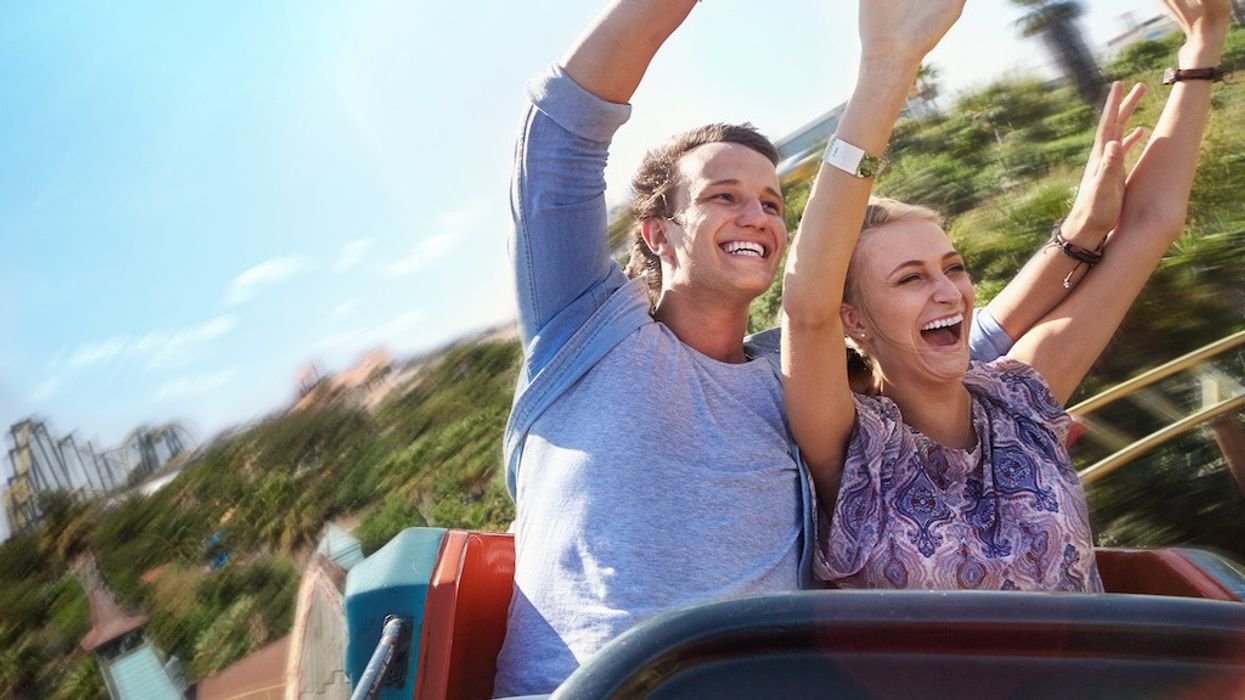
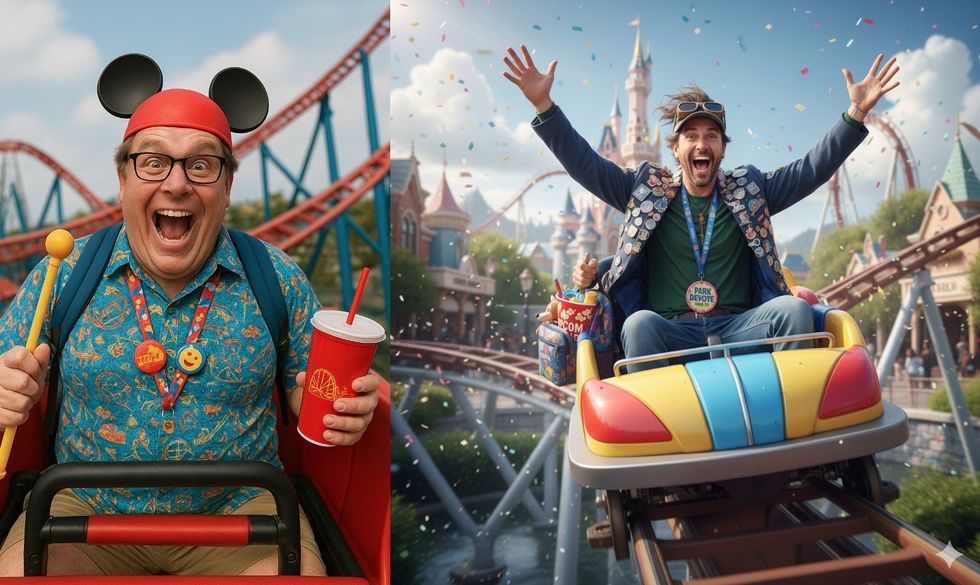

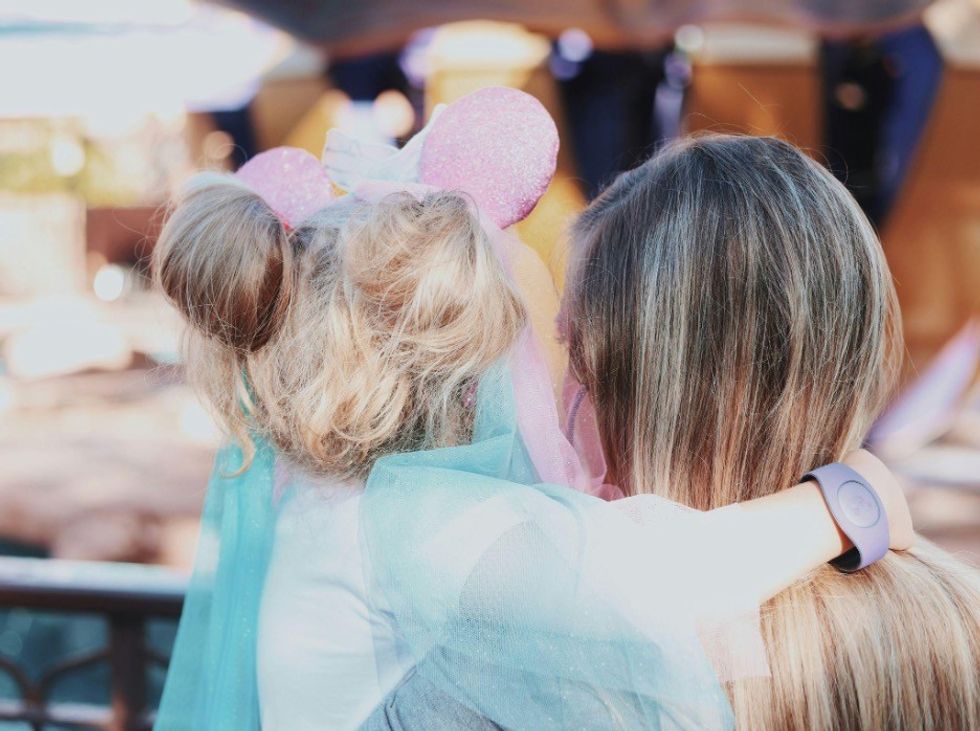
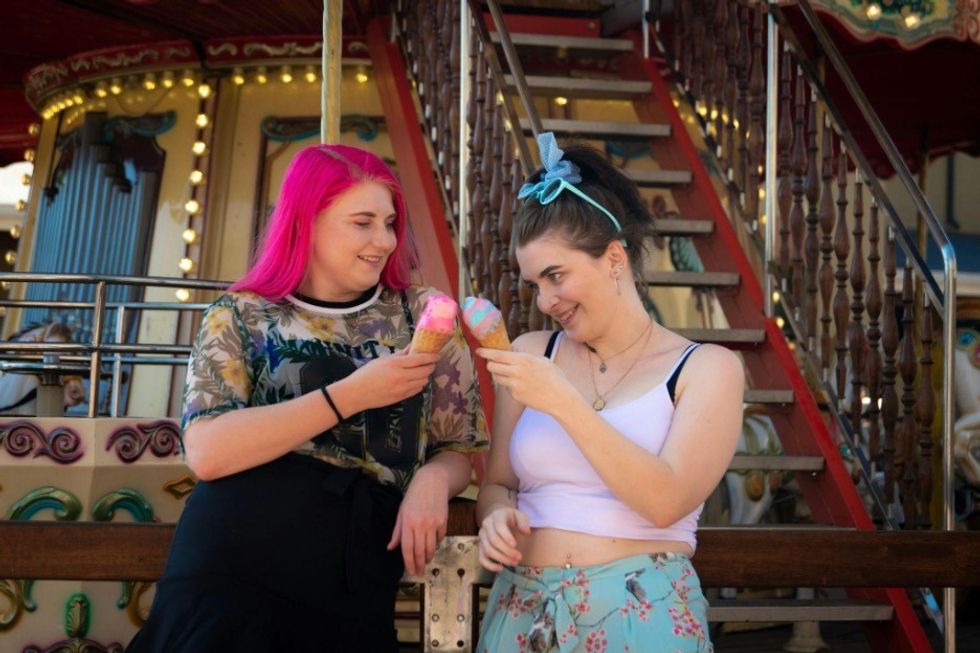
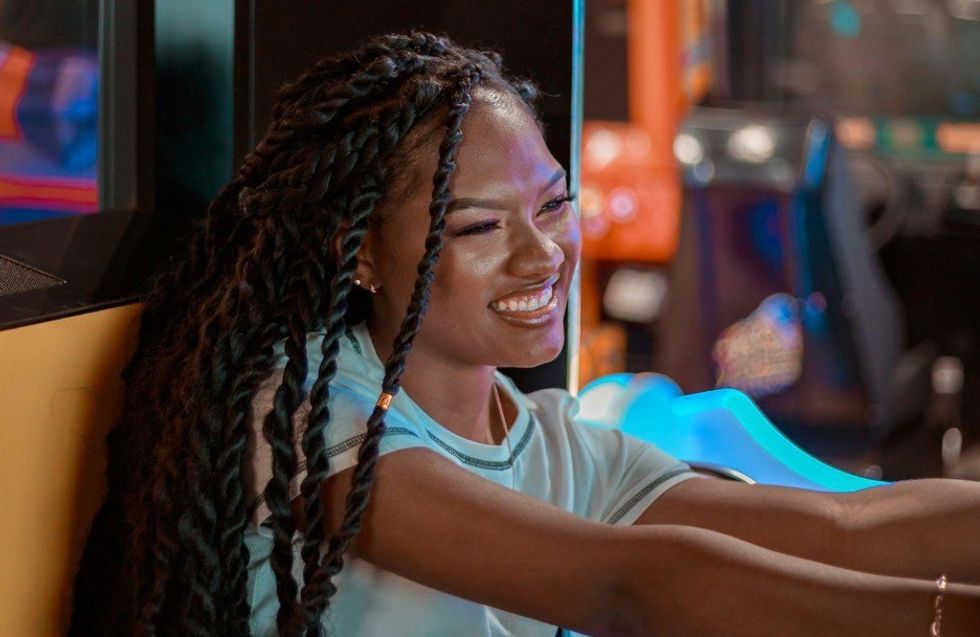

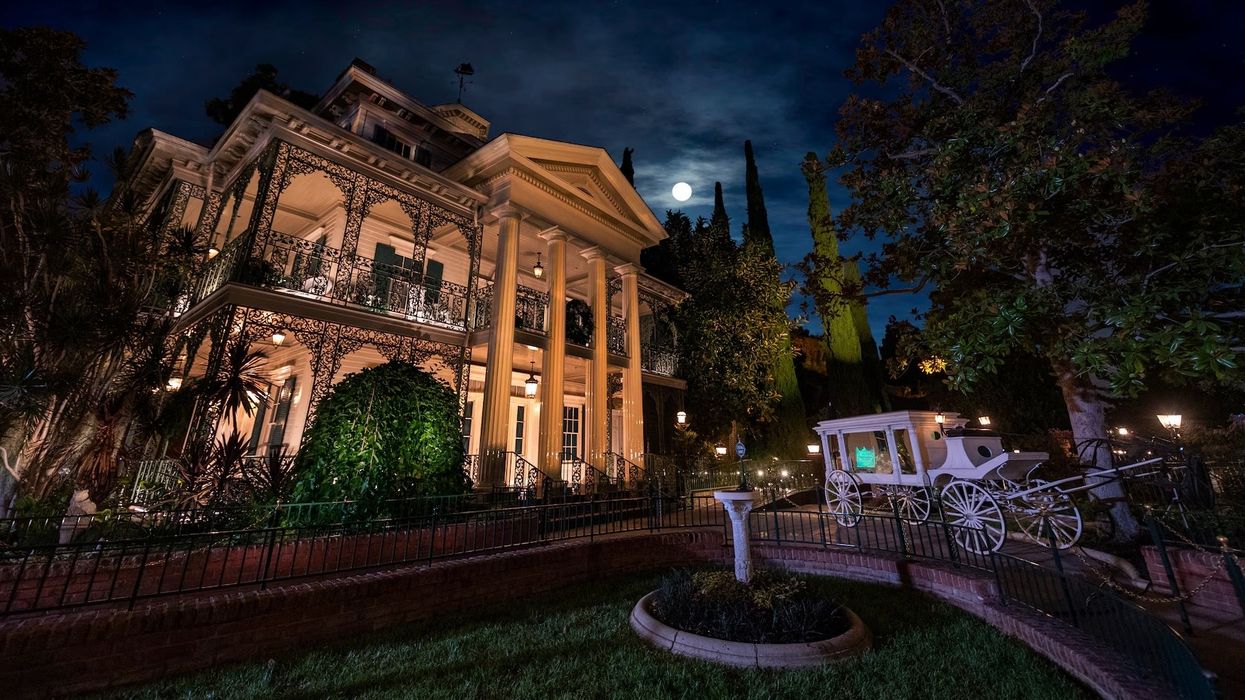
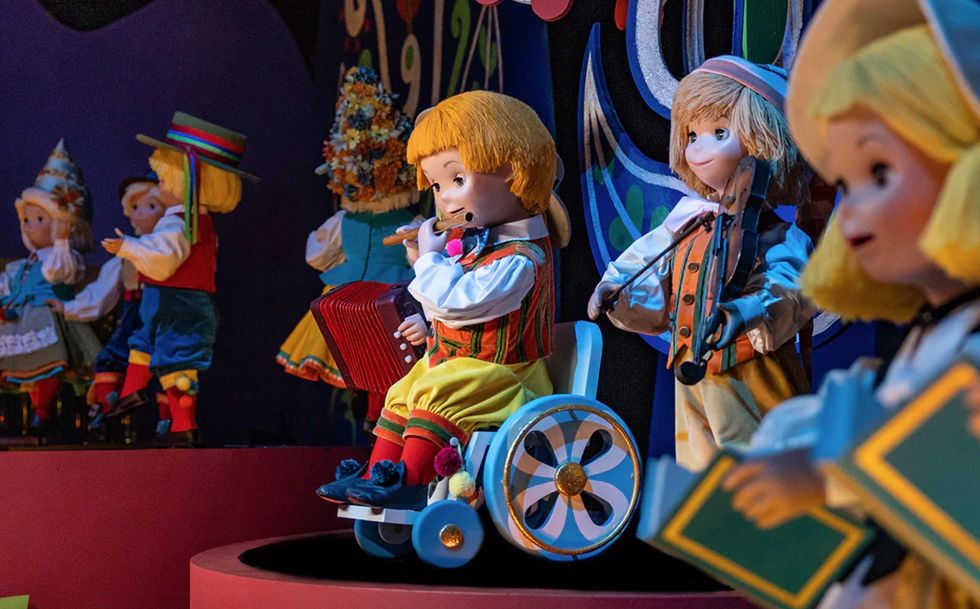 It’s a Small World at Walt Disney World
It’s a Small World at Walt Disney World 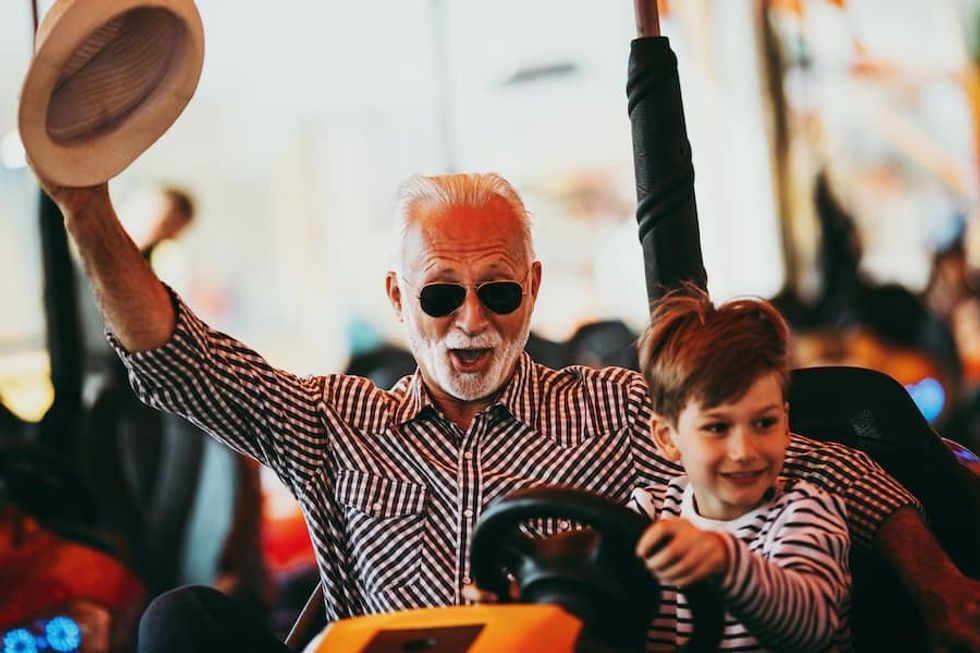
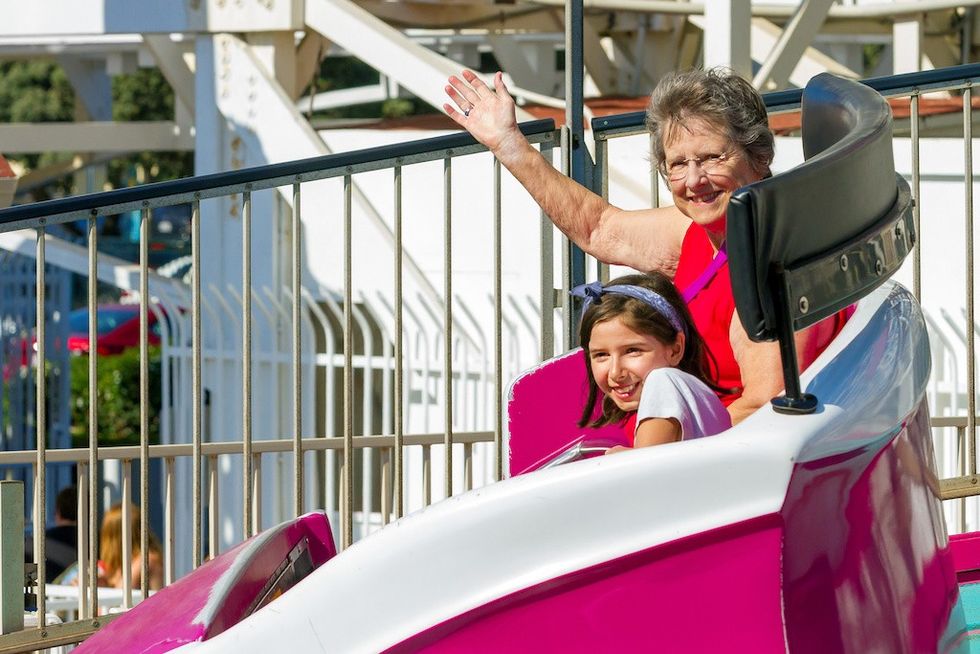
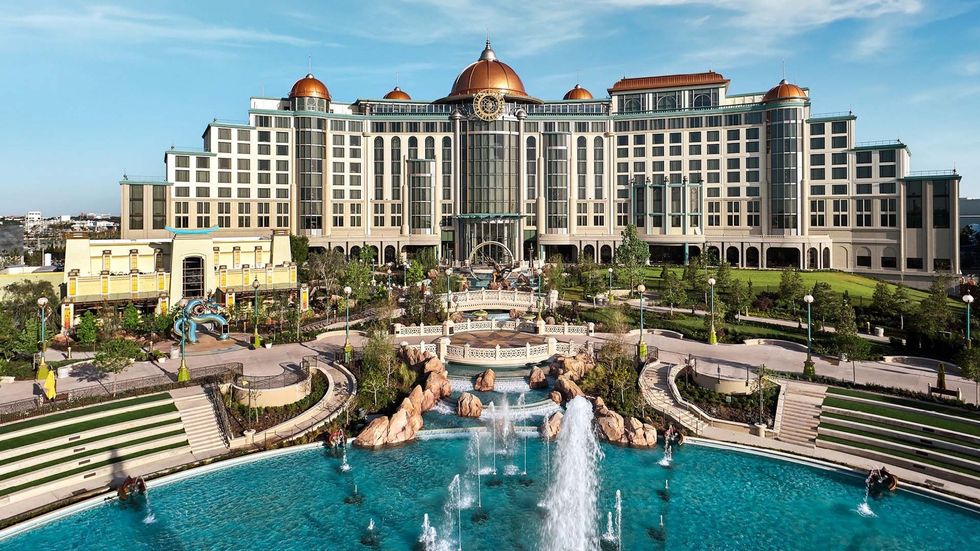 Universal Helios Grand Hotel
Universal Helios Grand Hotel 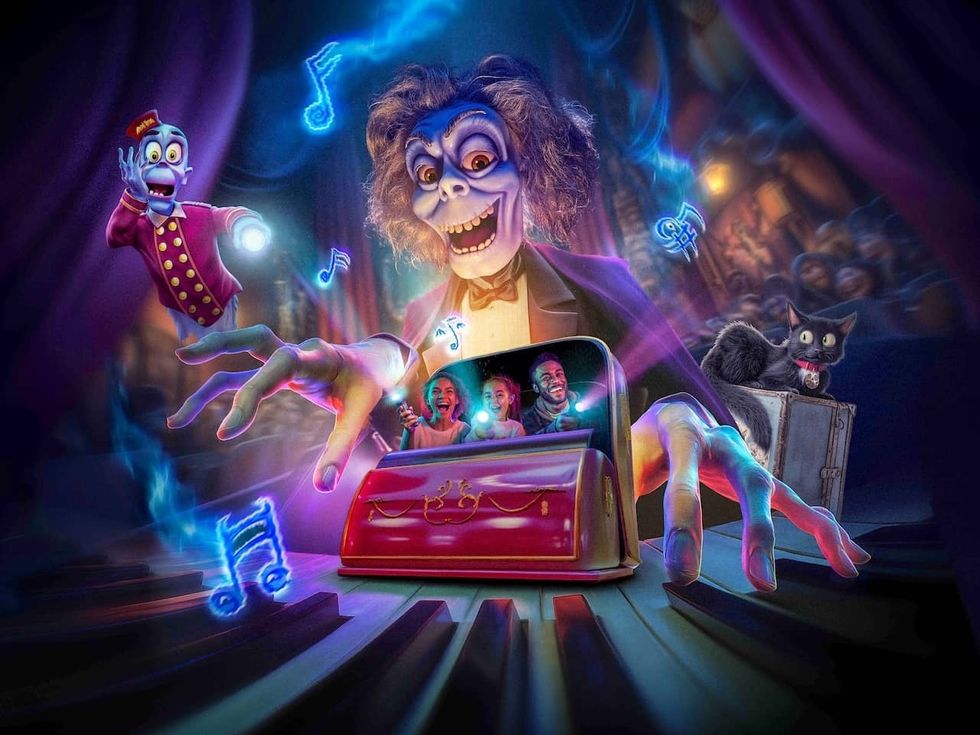 King's Island to open new Phantom Theater in 2026
King's Island to open new Phantom Theater in 2026 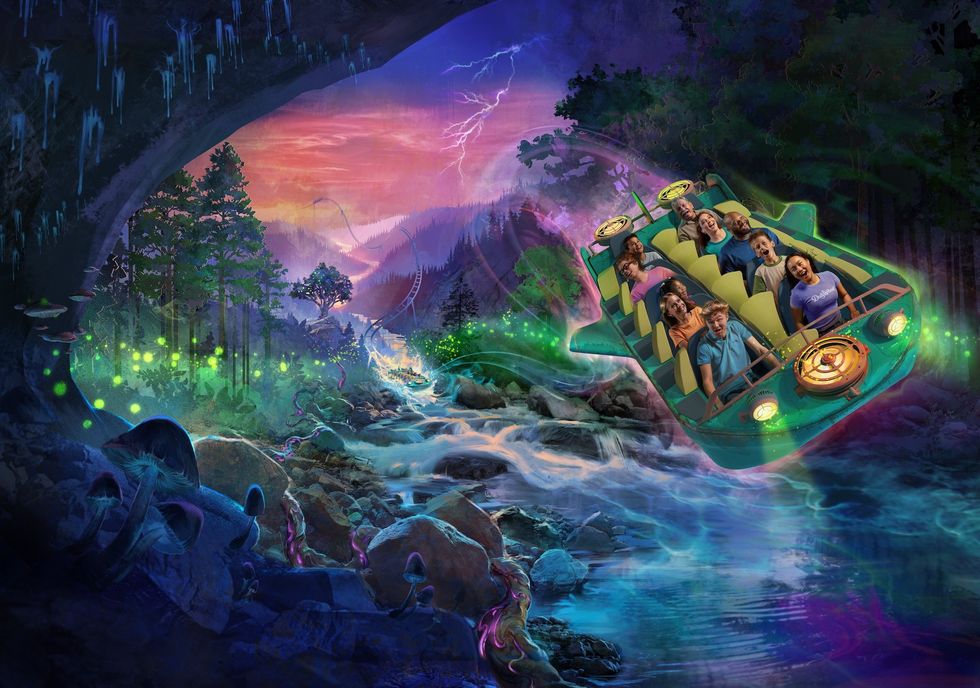 Dollywood to open new $50m NightFlight Expedition ride in 2026
Dollywood to open new $50m NightFlight Expedition ride in 2026 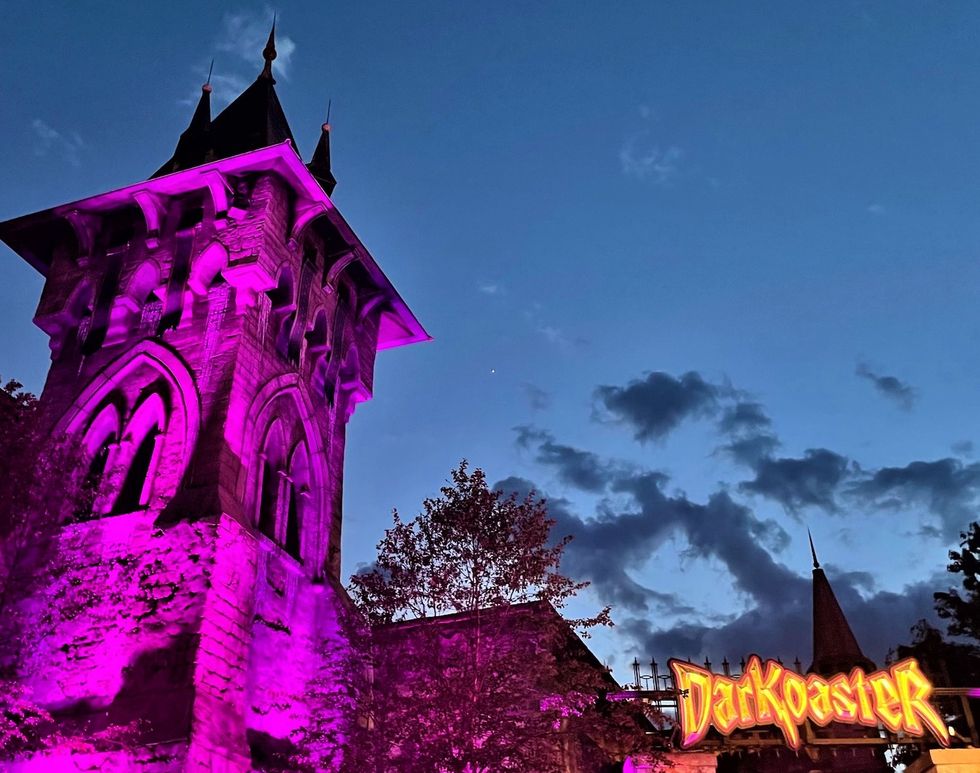 Busch Gardens Williamsburg's DarKoaster
Busch Gardens Williamsburg's DarKoaster 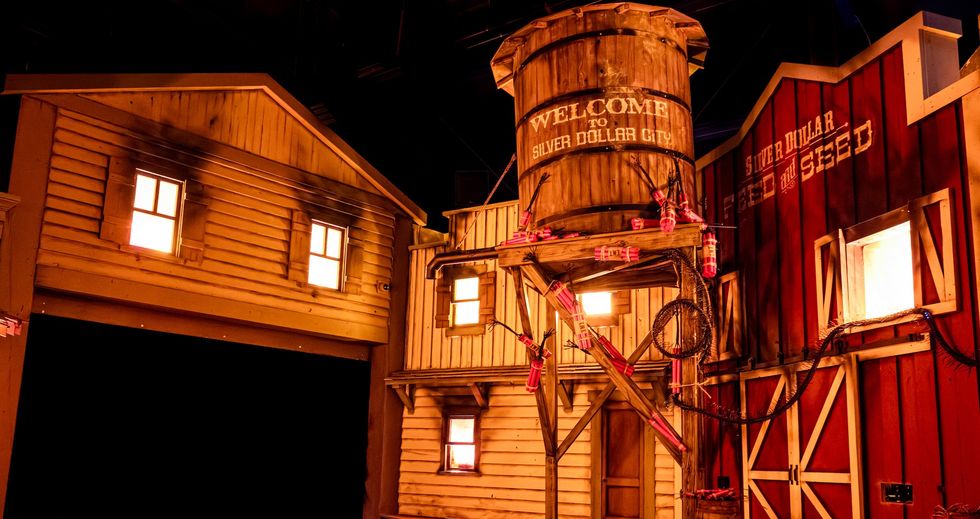 Fire in the Hole at Silver Dollar City
Fire in the Hole at Silver Dollar City 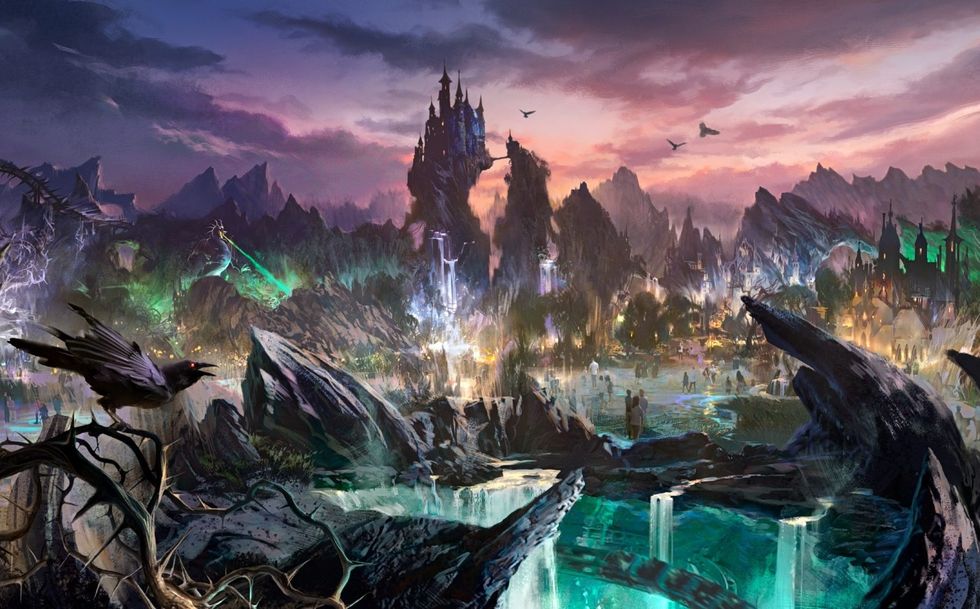 Concept art for Magic Kingdom's villains land
Concept art for Magic Kingdom's villains land 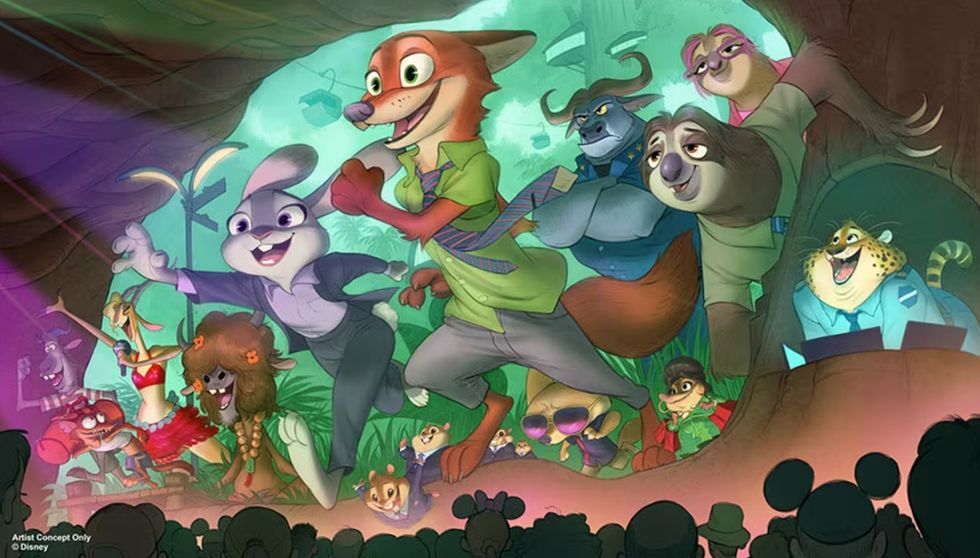 Concept art forZootopia: Better Zoogether at Disney's Animal Kingdom
Concept art forZootopia: Better Zoogether at Disney's Animal Kingdom